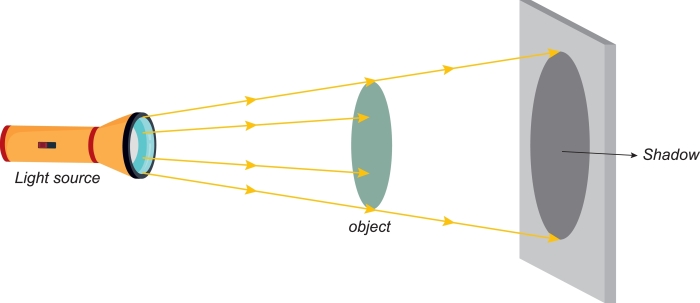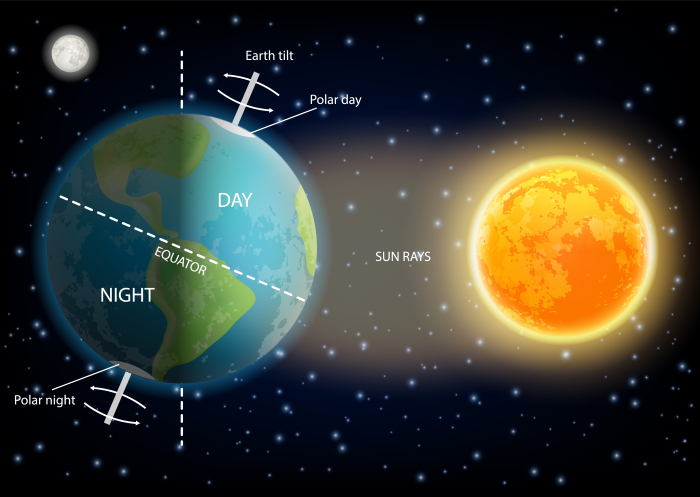Why do shadows happen in nature?

You might have noticed shadows all around you when you are outside on a sunny day. You might have even noticed your own shadow following you!
Shadows happen when a source of light, like the Sun, shines on an opaque object.

Can you remember what opaque means?
Opaque is a material that does not let light through.
The opposite to an opaque material is...transparent! These materials let lots of light through them and do not often cast shadows.
Objects that are translucent - let some light through - will make a shadow too, just a very faint one.
So how does the shadow appear?
When the opaque object blocks the light's path, light cannot reach behind the object and the absence of light is...dark!

So we get all sorts of shadows outside when the Sun comes out because everything the Sun shines on will create a shadow.
"But why do shadows move??" We hear you cry!
Shadows will change shape and move throughout the day, depending on the direction of the Sun.

This picture below shows how the shadow moves from east to west.
We need to know that in this picture east is on the right side of each of the houses (as we are looking at it) and the west is on the left side of each house.
.jpg)
Shadow C: When the Sun rises from the east, the light is on one side of the Earth and low to the ground, which creates a long shadow on the opposite side.
Shadow D: As the Sun gets higher, the shadow becomes shorter, until at midday, our shadow is right underneath us because light is right above us.
Shadow E: Then as the Sun sets in the west, the light moves to the other side of us creating a longer, differently shaped shadow again, right until the Sun sets.
This is clearest to see with an object that stays still, like this house. When we are looking at examples, we will be thinking about objects that stay in one place and the Sun moves behind them.
So shadows are created because of the Sun's light energy and the shadows change direction and length because of the movement of the Earth.
In this activity, we will be thinking about these facts and using them to help us solve problems.
Let's go!









